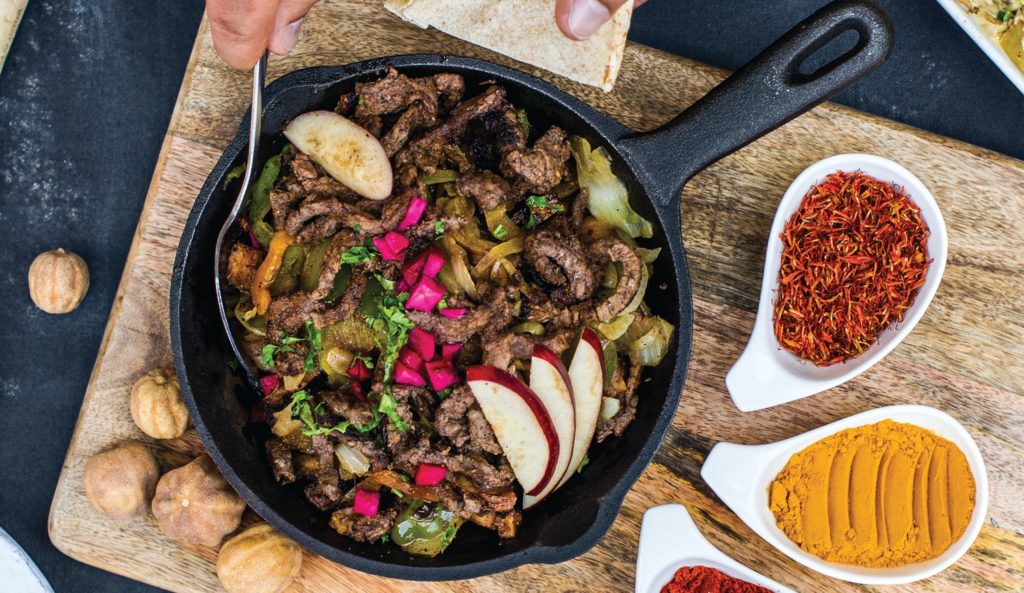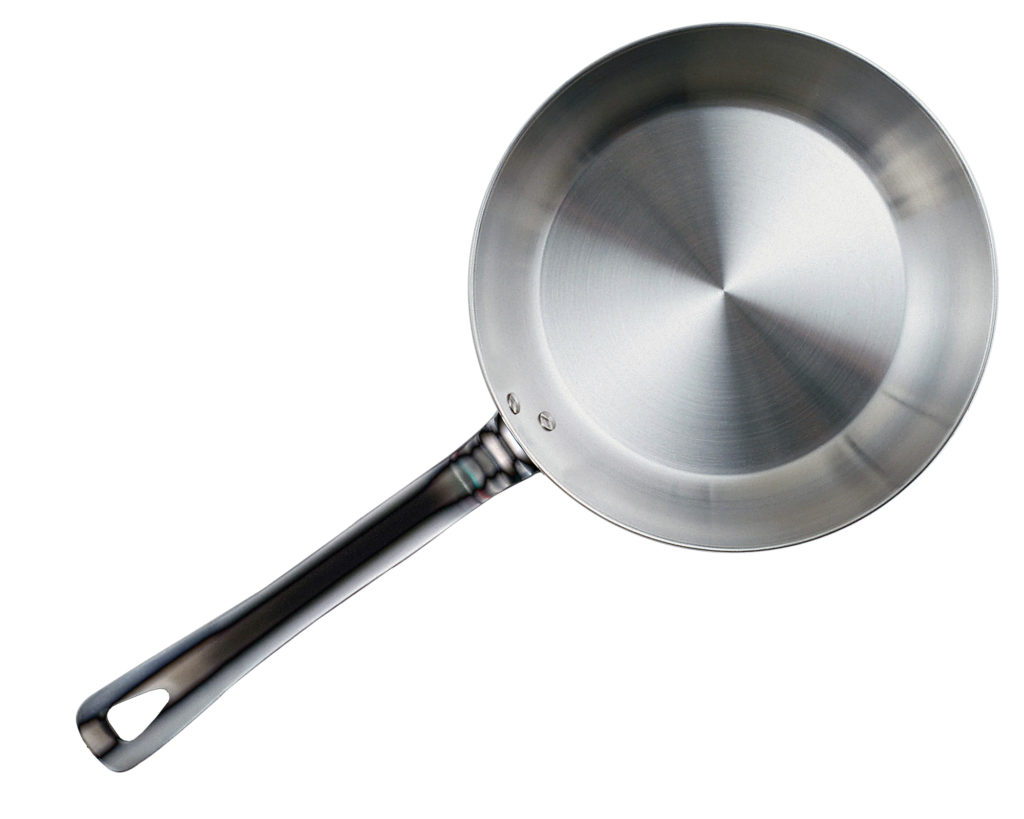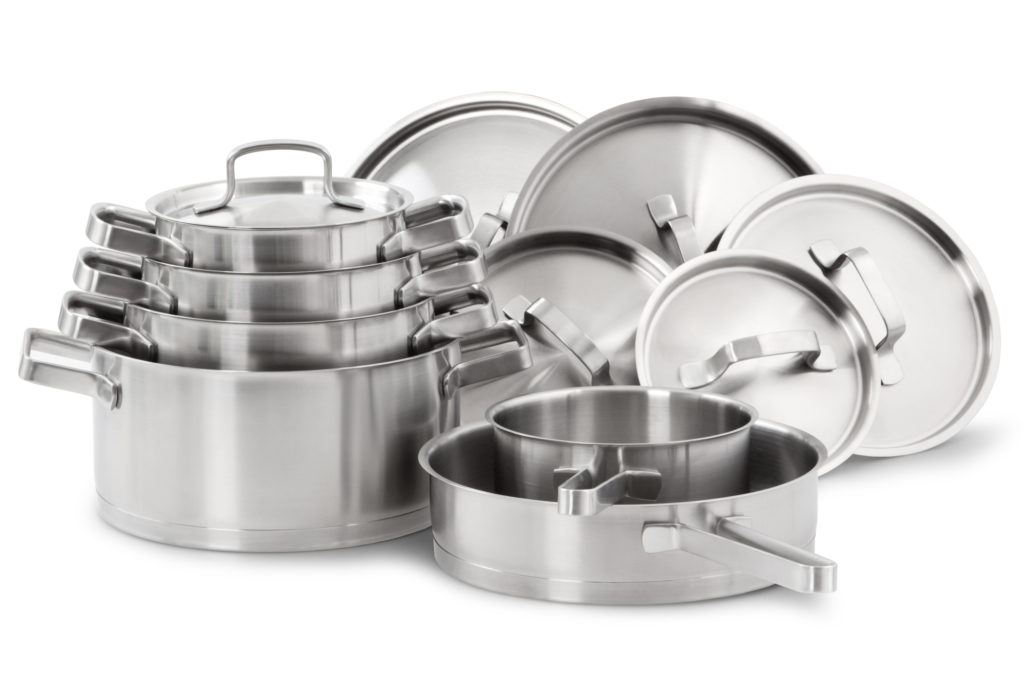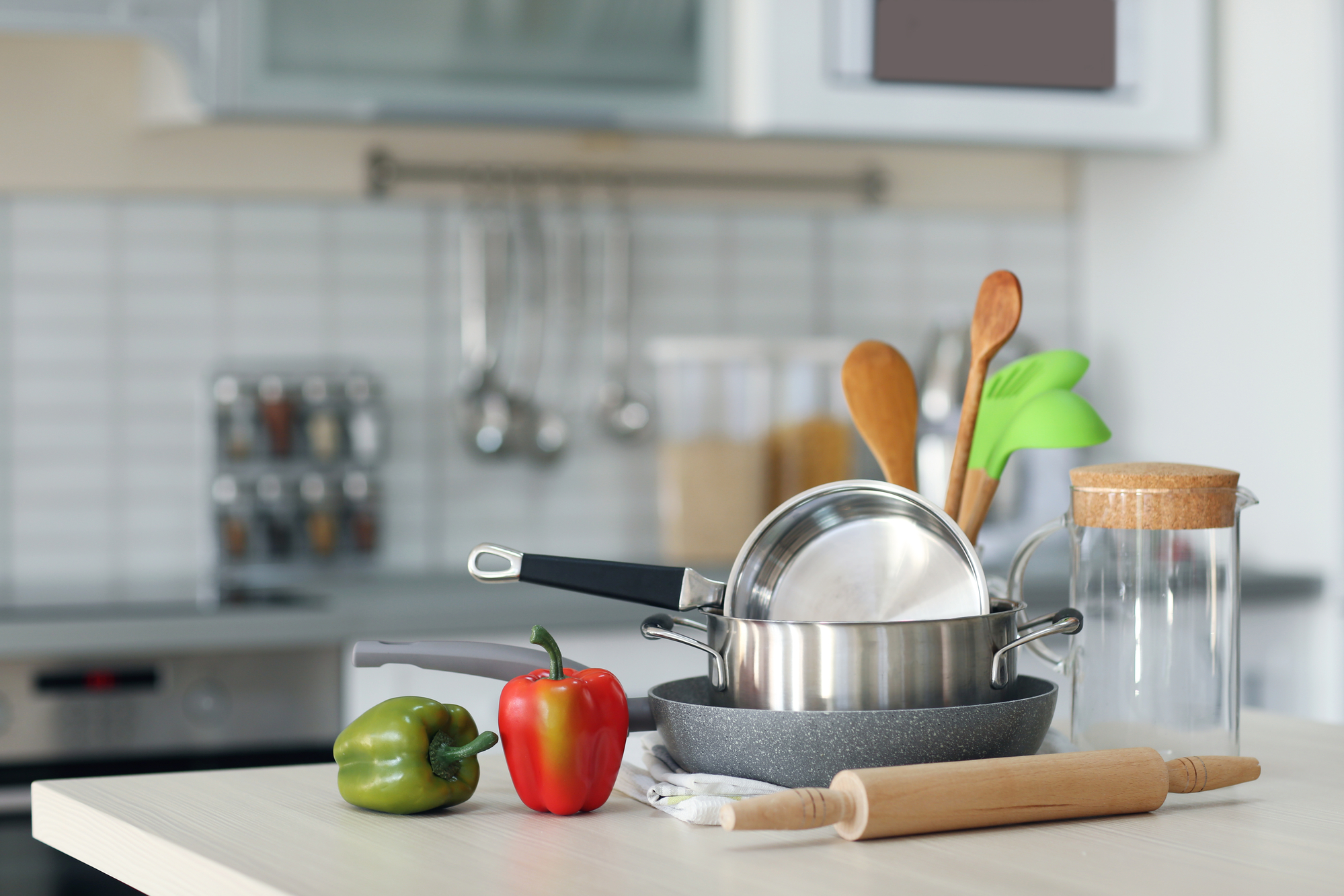What are the best types of cookware to buy? Choosing the right kitchen cookware is essential for a positive experience in the kitchen. The right set of cookware can help you prepare your meals easily and with less frustration. You want something safe, durable, and easy to clean. Fortunately, you have many choices these days. Good cookware lasts longer and is easier to clean than a cheaper, low-quality product. Let’s look at some options and their pros and cons.
Cast Iron
Cast iron cookware is a special type of cookware made from cast iron. You can use cast iron skillets to cook a variety of different foods, including meat, poultry, fish, rice dishes, vegetables, breakfast items, and more.
Although cast iron has been around for centuries, it was not commercially produced until the early 1800s. The first commercial foundry in the United States opened in Pittsburg and began producing pots later that year. Cast iron cookware has a long history of use, and its popularity is on the rise again.

Pros
Cast iron cookware is extremely durable. It’s also conductive, so it distributes heat evenly throughout the pan, making a cast iron skillet ideal for cooking steaks or sautéing vegetables. Cast iron cookware comes in various styles and sizes. It’s easy to clean and requires little upkeep after you’ve seasoned it the first time. Cast iron cookware is also more affordable than stainless steel and aluminum.
Cons
A cast-iron skillet is quite heavy, which makes transporting one difficult. You also have to season cast iron cookware the first time you use it; some people find the process intimidating. Seasoning protects the metal from heat and air and increases its durability. If you’re careful with a cast-iron skillet, you can enjoy it for a lifetime.
Aluminum
Aluminum cookware is the most common type of cookware found in households, but what exactly is it? It’s made from an alloy of aluminum and other metals. The aluminum materials can withstand high temperatures and are popular, as they are space-saving, economical, and durable.

Pros
Aluminum is one of the more affordable materials for cookware. It’s extremely lightweight and easy to move around. Aluminum pans heat up quickly, which makes them perfect for searing meat or heating up leftovers.
Cons
Although aluminum distributes heat well, it doesn’t retain it as efficiently as cast iron or stainless steel, so you might not get the even cooking results that you want from your food. In addition, cooking acidic foods, like tomatoes, in an aluminum pan can negatively affect their taste. Acid also increases the possibility of aluminum leaching into food.
There are also health concerns about aluminum pans. One concern is that aluminum may leach into the food. Some studies link aluminum with a higher risk of Alzheimer’s disease. But most medical experts don’t believe the amount of aluminum you take in from cooking in aluminum cookware poses a health risk. If you’re concerned, you can buy anodized aluminum cookware. The anodizing process makes the aluminum non-reactive, so leaching isn’t a problem. Anodized aluminum is also harder and more heat tolerant.
Stainless Steel
Stainless steel cookware typically contains chromium, nickel, and iron. The ratio of nickel to chromium in a stainless-steel pan determines the grade of the pan. Stainless steel is a kitchen essential and is growing in popularity as more and more people begin to appreciate its durability. Though heavy with a dull finish at first glance, most stainless steel cookware benefits has some advantages over other non-stick cookware options.

Pros
Cooking in a stainless steel pain is safe and non-toxic, and it’s easy to clean after you’re finished. One of the best options is “clad” stainless steel, meaning it has a layer of aluminum sandwiched between two layers of stainless steel. The aluminum improves heat conduction, while the stainless steel prevents leaching of aluminum into the food you’re preparing. Plus, stainless steel is built to last, and shouldn’t warp over time.
Cons
Most stainless steel cookware contains nickel; some people are sensitive to nickel and must avoid it. You can buy stainless steel cookware that’s free of nickel, but it will be more susceptible to corrosion. You’ll also need to use more oil or butter to keep food from sticking to a stainless steel pan. It’s also the most expensive option.
Glass
Glass cookware is made up of heat-resistant glass which is also known as oven tempered glass. The pots are made of borosilicate glass and are used for cooking food. These pots are heat and shock resistant and can usually withstand temperatures of up to 425 degrees F. Some Pyrex glassware can withstand temperatures up to twice that high.
Pros
One benefit of glass cookware is that you can see how food is cooking without taking off the lid of the pan. Glass is also a material that won’t leach substances into your food as it cooks, making them a top choice for people concerned about health. That’s helpful when you’re cooking acidic foods. Glass pans also hold onto heat longer, meaning it’s ideal for keeping food warm. Glass cookware is also eco-friendly. Glass is also microwave safe.
Cons
Glass cookware breaks easily, especially if you expose it to repeated cooking cycles where the temperature changes quickly. You also have to take extra caution when cleaning them. Use a non-abrasive cleanser so you don’t scratch or nick the glass. Most glass cookware is dishwasher safe but responds best to hand washing. There’s also the risk of dropping and breaking a glass pan.
Porcelain
Porcelain enamel cookware is made by melting porcelain with metal. It is made of vitreous clay, iron oxide, quartz, glass, and many other minerals. It’s a versatile and attractive alternative to other types of cookware.
Pros
Porcelain enamel cookware contains tiny particles called nanoparticles that keep food from sticking to the pan. It also contains a ceramic non-stick coating. Because it has such a smooth, non-stick surface, it’s quick and easy to clean. The smooth surface also allows heat to reach all parts of what you’re cooking evenly.
Cons
The coating on porcelain cookware is very thin. If you don’t treat it with care, it can develop scratches. Although it’s inexpensive, there is a lot of low-quality porcelain cookware out there. Research and choose wisely.
So there you have it! You should now be in a better position to choose the best pots and pans for your needs. Just remember that it’s important to buy cookware that is durable, affordable, and functional. Don’t go for anything with fancy gimmicks, like non-stick coatings or built-in timers.
If you end up buying a number of the aforementioned types of cookware, don’t forget to check out our article on the best ways to organize your home to maximize space.
Disclosure: Some of the links above are affiliate links. This means that, at zero cost to you, I will earn an affiliate commission if you click through the link and finalize a purchase.
Hi – I’m Alina and I am a soon to be mom going through the journey of becoming a parent. I am a writer at heart and I love sharing about pregnancy tips and other busy mom hacks.


